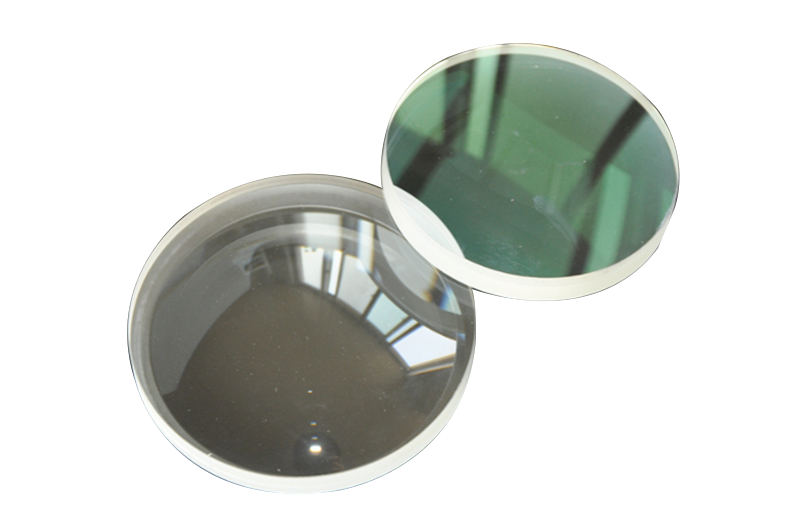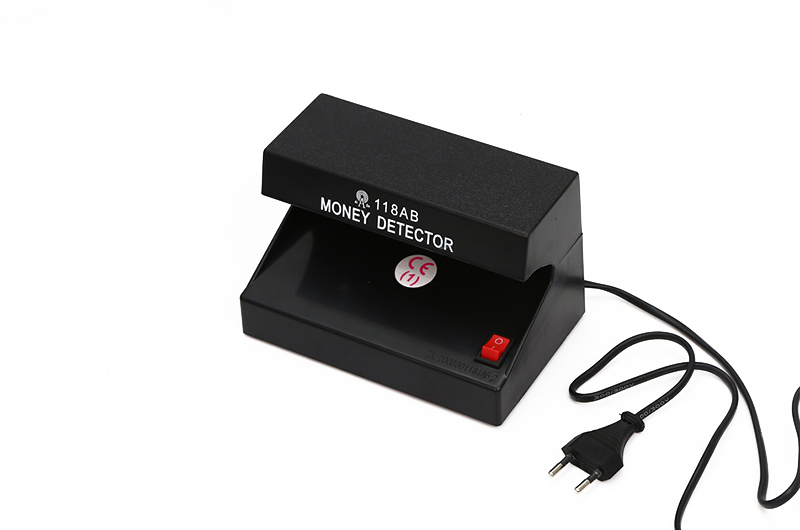Wholesale OEM/ODM Cr39 1.499/1.56/1.61/1.67/1.74/1.59 Blue Block Hmc/Shmc Optical Lens
We know that we only thrive if we can guarantee our combined rate competiveness and good quality advantageous at the same time for Wholesale OEM/ODM Cr39 1.499/1.56/1.61/1.67/1.74/1.59 Blue Block Hmc/Shmc Optical Lens, Our firm warmly welcome friends from everywhere in the globe to visit, examine and negotiate business enterprise.
We know that we only thrive if we can guarantee our combined rate competiveness and good quality advantageous at the same time for China Prescription Lenses Cr-39 and Spectacle Lenses Cr39 price, Due to the changing trends in this field, we involve ourselves into products trade with dedicated efforts and managerial excellence. We maintain timely delivery schedules, innovative designs, quality and transparency for our customers. Our moto is to deliver quality products within stipulated time.
What is Magnifying Glass Lens?
They are magnifying lenses made of glass lenses, such as Green glass, Optical glass lens, K9, and so on. the material of optical glass is relatively stable and the physical index is moderate. It will not age so easily in long-term use and the surface is easy to treat, at the same time, the glass magnifier can also undergo more precise optical coating treatment, which can achieve many superior effects, high comparative transmittance, anti infrared and ultraviolet, etc.
The glass originally used to make lenses is the bumps on ordinary window glass or wine bottles. The shape is similar to the “crown”, from which the name of crown glass or crown plate glass comes. At that time, the glass was uneven and foam. In addition to the crown glass, there is another kind of flint glass with high lead content. Around 1790, Pierre Louis junnard, a Frenchman, found that stirring glass sauce could make glass with uniform texture. In 1884, Ernst Abbe and Otto Schott of Zeiss established Schott glaswerke Ag in Jena, Germany, and developed dozens of optical glasses within a few years. Among them, the invention of barium crown glass with high refractive index is one of the important achievements of Schott glass factory.


Component:
Optical glass is mixed with oxides of high-purity silicon, boron, sodium, potassium, zinc, lead, magnesium, calcium, barium, etc. according to a specific formula, melted at high temperature in a platinum crucible, stirred evenly with ultrasonic wave to remove bubbles; Then cool down slowly for a long time to avoid internal stress in the glass block. The cooled glass block must be measured by optical instruments to check whether the purity, transparency, uniformity, refractive index and dispersion index meet the specifications. The qualified glass block is heated and forged to form optical lens rough embryo.
Classification:
Glasses with similar chemical composition and optical properties are also distributed in adjacent positions on the abet diagram. The abettu of Schott glass factory has a set of straight lines and curves, which divides abettu into many areas and classifies optical glass; For example, crown glass K5, K7 and K10 are in zone K, and flint glass F2, F4 and F5 are in zone F. Symbols in glass names: F stands for flint, K for crown plate, B for boron, ba for barium, LA for lanthanum, n for lead-free and P for phosphorus.
For the glass lens, the larger the angle of view, the larger the image, and the more able to distinguish the details of the object. Moving closer to an object can increase the viewing angle, but it is limited by the focusing ability of the eye. Using a magnifying glass to make it close to the eye, and place the object within its focus to form an upright virtual image.
The function of magnifying glass is to magnify the angle of view. Historically, it is said that the application of magnifying glass was proposed by grosstest, a bishop of England in the 13th century.
Glass lens is more scratch resistant than other lenses, but its weight is relatively heavy, and its refractive index is relatively high: ordinary film is 1.523, ultra-thin film is more than 1.72, up to 2.0.
The main raw material of glass lens is optical glass. Its refractive index is higher than that of resin lens, so under the same degree, glass lens is thinner than resin lens. The glass lens has good light transmittance and mechanical and chemical properties, constant refractive index and stable physical and chemical properties. The lens without color is called optical white tray (white film), and the pink film in the colored film is called croxay lens (red film). Croxay lens can absorb ultraviolet rays and slightly absorb strong light.
The glass sheet has superior optical properties, is not easy to scratch, and has high refractive index. The higher the refractive index, the thinner the lens. But the glass is fragile and the material is too heavy.
Which lens is used in magnifying glass?
Convex lens
A magnifying glass is a convex lens used to make an object appear much larger than it actually is. This works when the object is placed at a distance less than the focal length.
What size magnifying glass do I need?
Generally speaking, a 2-3X magnifier offering a larger field of view is better for scanning activities like reading, while the smaller field associated with a higher magnification would be more appropriate for the inspection of tiny things.We know that we only thrive if we can guarantee our combined rate competiveness and good quality advantageous at the same time for Wholesale OEM/ODM Cr39 1.499/1.56/1.61/1.67/1.74/1.59 Blue Block Hmc/Shmc Optical Lens, Our firm warmly welcome friends from everywhere in the globe to visit, examine and negotiate business enterprise.
Wholesale OEM/ODM China Prescription Lenses Cr-39 and Spectacle Lenses Cr39 price, Due to the changing trends in this field, we involve ourselves into products trade with dedicated efforts and managerial excellence. We maintain timely delivery schedules, innovative designs, quality and transparency for our customers. Our moto is to deliver quality products within stipulated time.














